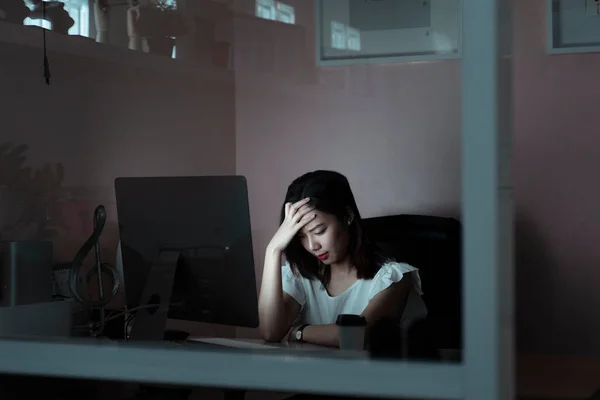Why Single Women Over 35 Feel the Cost of Freedom and How to Escape It

The Complex Realities of Singlehood for Women
The notion that nearly 70 percent of all divorces are initiated by women highlights a deeper truth about the evolving landscape of relationships. For many women, marriage is not always the idyllic path to security and happiness. Instead, it can become a source of stress, disappointment, or even entrapment. Yet, for those who choose or find themselves in single life, the so-called freedom comes with its own set of challenges—both financial and emotional.
For women over the age of 35, the cost of being single extends far beyond just splitting rent or missing out on couple discounts. One of the most significant financial burdens comes from the high cost of assisted reproductive technologies. A single IVF cycle can range from $15,000 to $30,000, not including additional expenses like donor sperm. When combined with childcare costs, which can reach up to $2,000 per month in cities like New York, the numbers quickly add up. Rent for a two-bedroom apartment in Brooklyn averages around $3,627, and single health insurance rates can easily exceed $700 a month. These figures create a daunting financial barrier for women who dream of motherhood without a partner.
Beyond the monetary aspect, there is also an emotional and cultural toll. As women age, they often face subtle but persistent social pressures. Friends pair off, dinner parties become couple-focused, and single women may be relegated to the role of the “jester,” expected to entertain with stories of failed dates if they’re even invited. This isolation can be painful, not only due to loneliness but also because of the sense of being “othered” in a society that still largely favors traditional partnerships.
However, the narrative that singlehood is inherently inferior is not the full story. Research shows that happiness among single individuals is heavily influenced by factors such as strong social support, personal values, and the ability to pursue individual goals. Many single women thrive, especially those who build meaningful friendships, focus on their careers, and cultivate passions that bring them joy. One woman described her perspective clearly: “I don’t look at marriage as a staple food. Marriage is like a delicious dessert, which is great if there is, but if there is not, I have my staple food.” This mindset allows some women to view single parenthood as a natural and fulfilling life path, despite societal disapproval.
Financial challenges, however, remain a significant hurdle. Fortunately, there are ways to make the process more manageable. Many fertility clinics now offer payment plans, employer benefits, and grants to help reduce the burden. Crowdfunding has also emerged as a viable option for some women. For example, one woman raised $3,500 through friends and family, while another received a $10,000 grant for IVF costs. “Don’t be afraid to attempt to crowdsource,” she advised. “We were hesitant because we didn’t want to seem like we were asking for money. But it turns out we had a lot of friends and family who were willing to support us.”
In addition to financial strategies, building a strong support network is essential. Engaging in regular social activities, volunteering, and joining community groups can help fill the emotional gaps left by a culture that still favors coupledom. Practicing self-care—whether through annual health check-ups, exercise, or simply making time for fun—is also crucial for maintaining a sense of stability and resilience.
The concept of freedom in singlehood is complex. For some, it means liberation from an oppressive relationship. For others, finding love later in life offers relief in the form of shared responsibilities and emotional support. For many single women, freedom lies in the ability to make their own choices, even if those choices come with higher costs and some degree of loneliness.
Ultimately, whether a woman is partnered or single, she deserves access to resources, community, and support to make her own decisions. While the path may be financially, emotionally, and culturally challenging, it is also filled with potential. And for those living this reality, there are more tools, more supports, and more hope than ever before.
Post a Comment for "Why Single Women Over 35 Feel the Cost of Freedom and How to Escape It"
Post a Comment